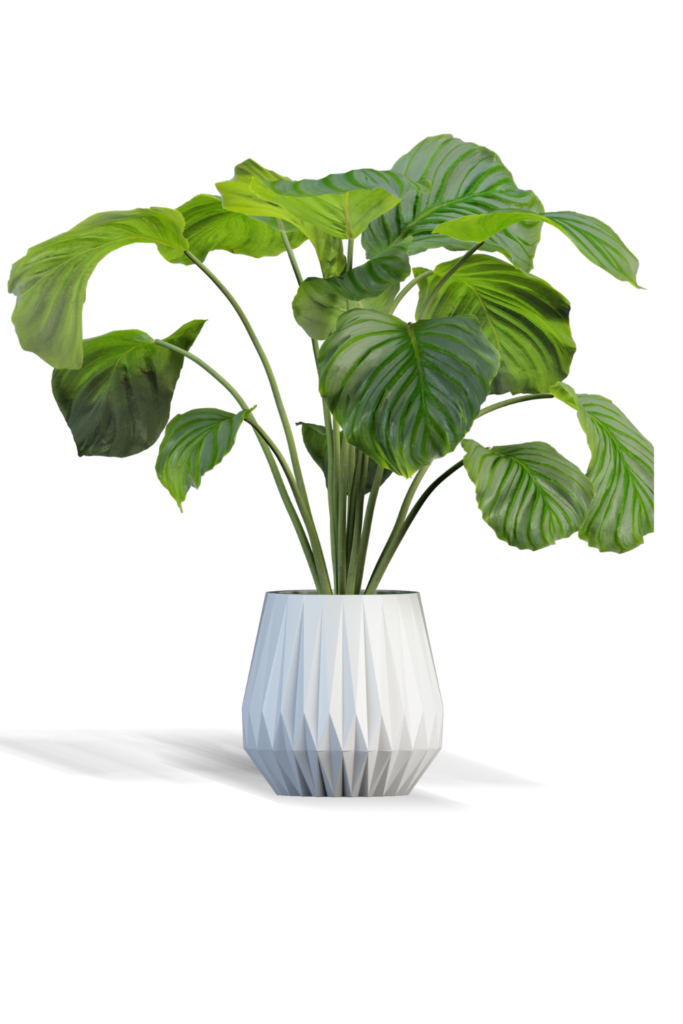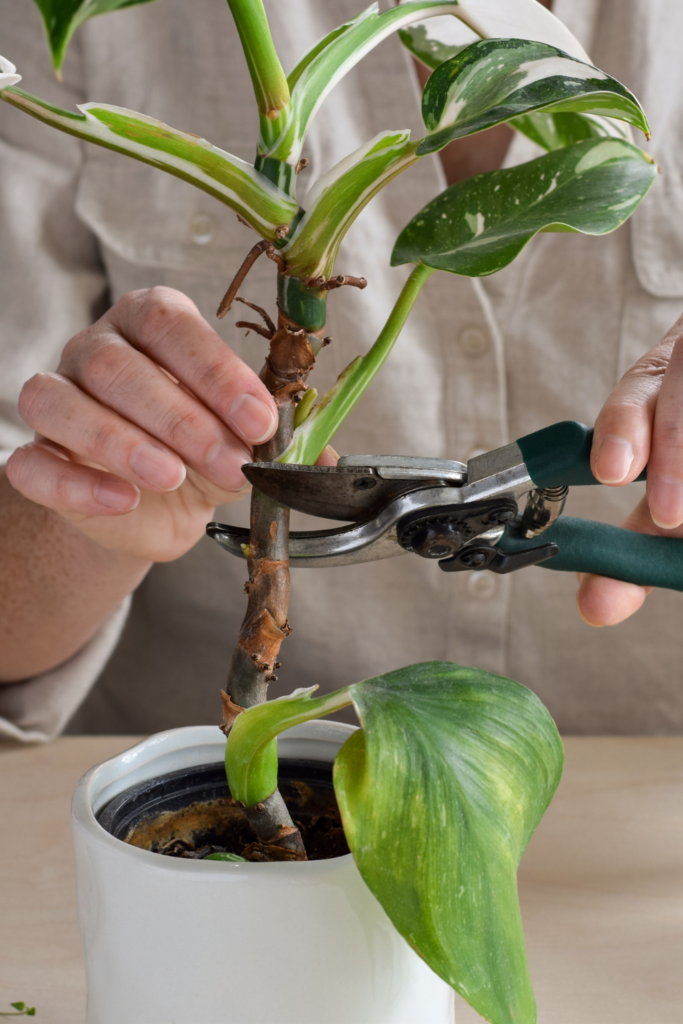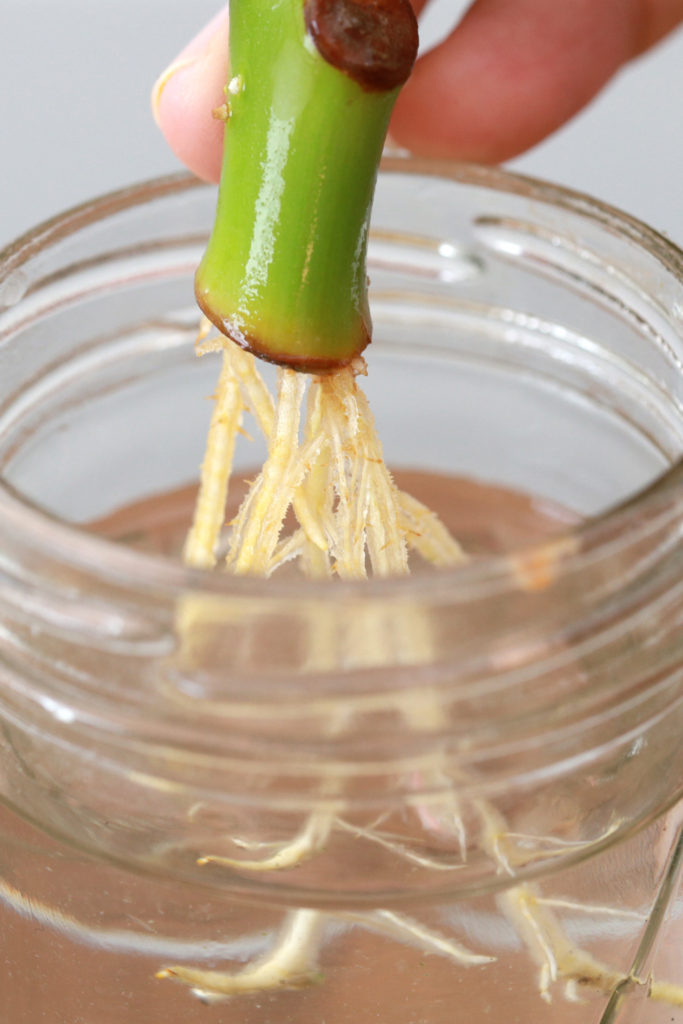Propagating African Houseplants: A Step-by-Step Guide
There’s something beautifully rewarding about watching a tiny cutting flourish into a blooming plant and when that plant hails from the rich, sun-kissed soils of Africa? Sounds even better. Whether it is the resilient Snake Plant or the bold architectural ZZ Plant, African houseplants always bring elegance, strength, and story into your sweet home.
If you are thinking of multiplying your indoor jungle,surely this guide will walk you through the process of propagating popular African house plants—so you can share the love or simply enjoy more of what you already adore. If you’re curious about which African indoor plants work best for your space, check out our complete guide here
Why Propagate African Houseplants?
First, why should you even bother? Take a chill! Propagation is not just a fun weekend project—it is a form of plant parenting that:
- Saves money (free plants, anyone?)
- Creates thoughtful gifts for friends, family—or even Dad!
- Boosts your plant collection without another nursery trip
Gives your original plant a healthier life by trimming overgrowth
What You’ll Need
Before we get our hands (slightly) dirty, let’s gather a few essentials:
- Clean pruning shears or scissors
- Small pots or propagation vases
- Fresh potting mix (African Violet mix works great!)
- Rooting hormone (optional but helpful)
Watering can and a bright, indirect light spot

1. Choose Your Plant
Some of the most popular and easy-to-propagate African house plants include:
- Snake Plant (Sansevieria) – Native to West Africa
- ZZ Plant (Zamioculcas zamiifolia) – From East Africa
- African Violet (Saintpaulia) – Grown for its soft flowers and compact leaves
- Jade Plant (Crassula ovata) – A succulent with South African roots
Try to pick a healthy, mature plant to ensure strong new growth. These beauties—featured in our top African indoor plant list—are also super easy to propagate

2. Take Your Cuttings
Each plant must have its own propagation method:
- Snake Plant: Cut a healthy leaf into sections about 3–4 inches long.
- ZZ Plant: Gently pull off a leaf from the stem or divide the rhizomes at the root.
- African Violet: Snip a healthy leaf with a bit of stem attached.
- Jade Plant: Break off a plump leaf or stem cutting with a few nodes.
Let the cuttings sit for a few hours (or overnight) to callus—especially important for succulents like Jade and Snake Plant.

Root in Water or Soil
Now the fun begins:
- For African Violet and Snake Plant: Dip the cut ends in rooting hormone and plant in moist soil.
- For ZZ Plant and Jade: You can place it in water or directly in soil. If you use water, make sure only the bottom part is submerged.
Keep the container in a bright spot, but out of direct sun. Change water every few days if you’re going that route.
⏳ 4. Be Patient and Watch the Magic
Here is the patient part. Roots can take anywhere from 2–8 weeks to develop, depending on the plant and conditions. Once you see healthy roots (1–2 inches long), it’s time to transfer to soil if you started in water.
Treat your new plant babies with care—just like you did with the original.
🎁 A Propagation Gift Idea!
Want to make it even more special? Pot your propagated plant in a cute container and attach a little tag that says “Rooted in love.” It’s a meaningful gift that lasts longer than any store-bought bouquet. Perfect for birthdays, housewarmings, or yes—even Father’s Day.
Final Thoughts 🌿
Propagating African houseplants is more than a method—it’s a meditative, joyful way to connect with nature and share green goodness. Whether you’re growing for yourself or preparing little leafy gifts for the people you love, each new shoot carries a bit of your care with it.
So go ahead—snip, root, and nurture. Your mini indoor jungle awaits.Now that you know how to propagate, explore the full list of African indoor plants you can grow and multiply in your home
🌟 Quick Tips for Propagating African Houseplants
- 🧼 Sanitize your tools before each cut to prevent infections.
- 🌡️ Keep temperatures stable—around 65–75°F (18–24°C) is ideal.
- 💧 Don’t overwater! Let the soil dry slightly between waterings.
- ☀️ Use bright, indirect light to encourage root growth without stressing the plant.
✂️ Label your cuttings if you’re propagating more than one type—easy to mix them up!
During my semester in Seville, Spain, I stayed in a cozy Airbnb that had the most beautiful Snake Plant perched on the kitchen windowsill. One day, the host noticed my obsession with it and offered a leaf cutting as a farewell gift (Best gift ever!)
Wrapped it gently in a napkin, tucked it into my carry-on (yes, safely!), and once I got home, I rooted it in water on my windowsill. Two months later, tiny roots emerged—and today, that cutting is a full-grown plant in my living room. Every time I water it, I remember the warmth of that Spanish home and the kindness of a stranger turned plant friend.(will meet him again)
FAQs on Propagating African Houseplants
Q: How long does it take for roots to form?
A: It generally depends on the plant and environment but typically 2–8 weeks. Snake Plants and ZZ Plants are a bit slower, while African Violets root faster.
Q: Should I use rooting hormone?
A: It’s not essential but it can speed up the process and increase success rates—especially for stem cuttings.
Q: Can I propagate in just water forever?
A: Some people do keep plants in water long-term but transferring to soil is better for stability and long-term health.
Q: Why are my cuttings turning mushy?
A: That usually means too much water or lack of air circulation. Let the cutting callus longer next time and ensure you’re not submerging too much of it in water.
Q: What’s the best time of year to propagate?
A: Spring and early summer are ideal—they mimic the plants’ natural growing season and give the best results.
Q: Can I propagate African houseplants from just a single leaf?
A: Yes! Plants like Snake Plants and African Violets can regrow beautifully from just one healthy leaf. It takes a bit more time, but it’s totally worth it.
Q: Do I need to cover my cuttings with plastic or create a mini greenhouse?
A: You can! Covering cuttings with a clear plastic bag or placing them in a propagation box helps trap humidity and speed up root development. Just make sure there’s airflow to prevent mold.
Q: How do I know when to transplant from water to soil?
A: When roots are about 1–2 inches long and look white and healthy, it’s time to move your cutting to soil. Be gentle and keep the soil moist but not soggy during the transition.
Q: What kind of potting mix is best for African plant cuttings?
A: Use a light, well-draining mix—succulent or cactus mix works great for Snake and ZZ Plants. African Violets prefer a slightly more moisture-retentive blend, like one with peat moss and perlite.
Q: Can I propagate African houseplants outdoors?
A: If the weather is warm and stable (above 65°F or 18°C), sure! But most African plants are sensitive to harsh sunlight or cold, so shade and a sheltered spot are best.
Q: My cuttings aren’t doing anything—is that normal?
A: Yep! Sometimes, they take their sweet time. Be patient, resist the urge to keep checking the roots too often, and make sure they’re getting enough light and warmth.
Q: Should I fertilize my cuttings?
A: Not until they’ve developed roots and are actively growing. Fertilizer too early can burn new roots. Wait at least 4–6 weeks after planting in soil before using a diluted liquid fertilizer.
Q: Can I propagate multiple cuttings in one container?
A: You can, but it’s best to keep some space between them to avoid crowding and root competition. It also helps you spot any issues early without affecting the others.
